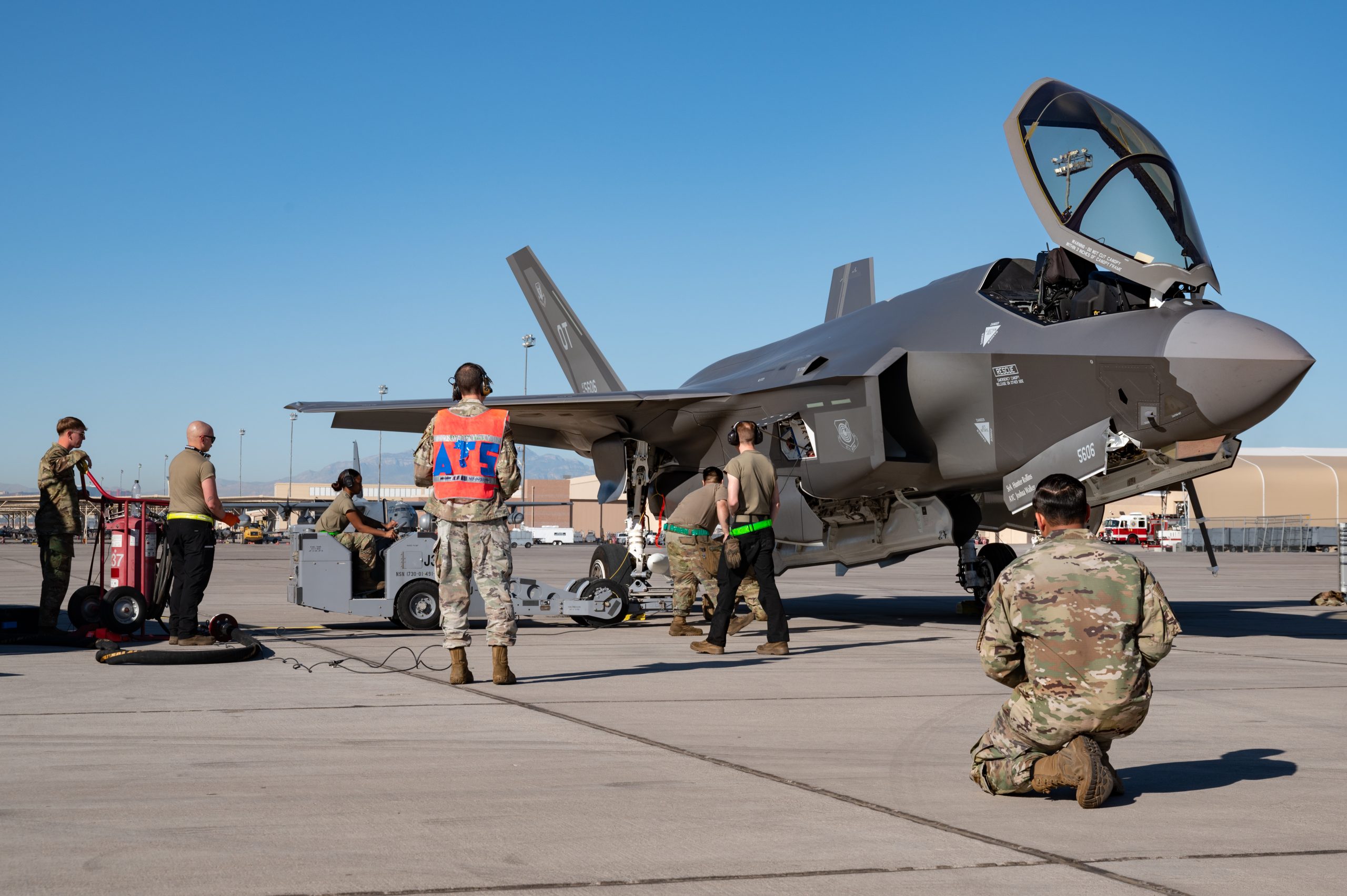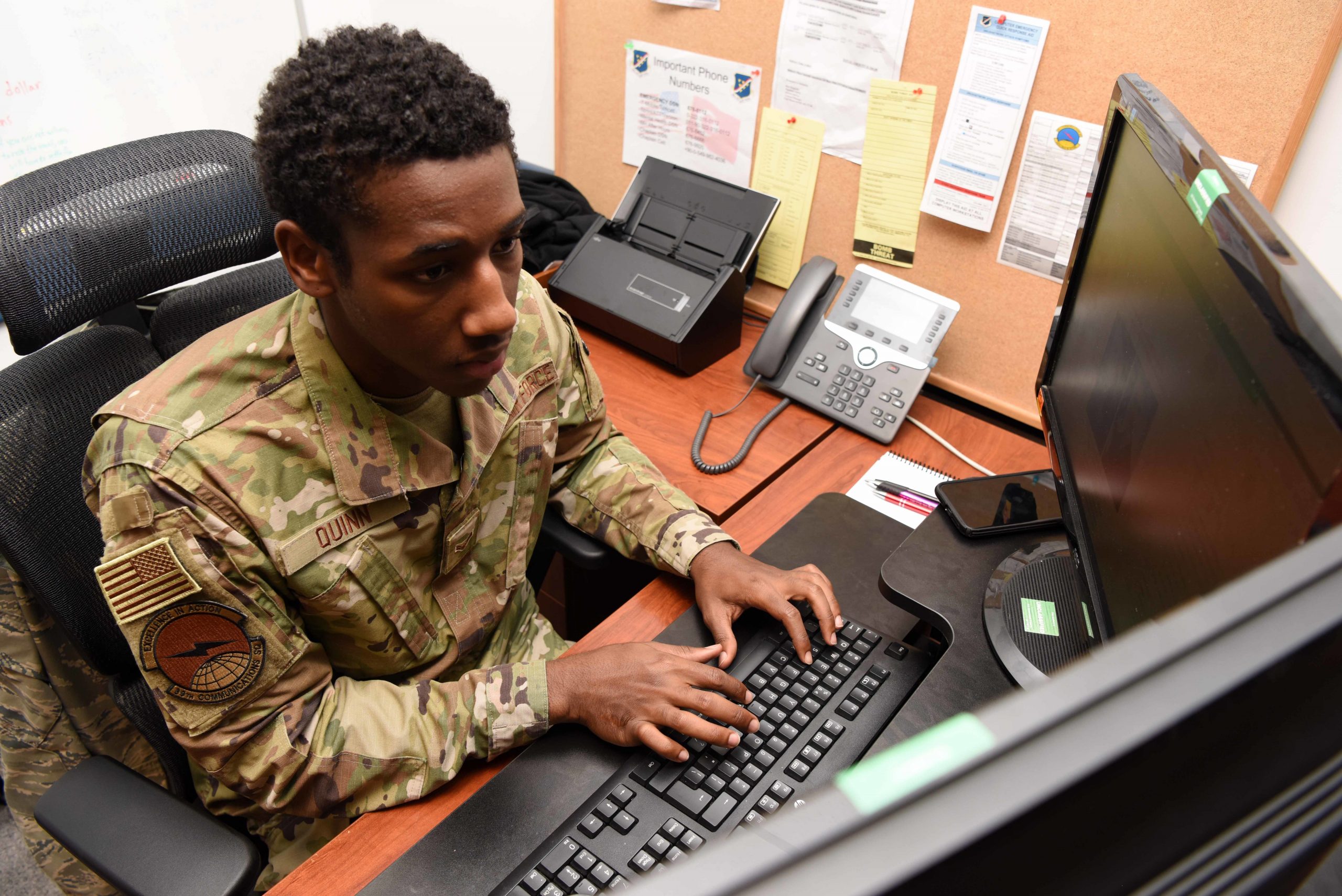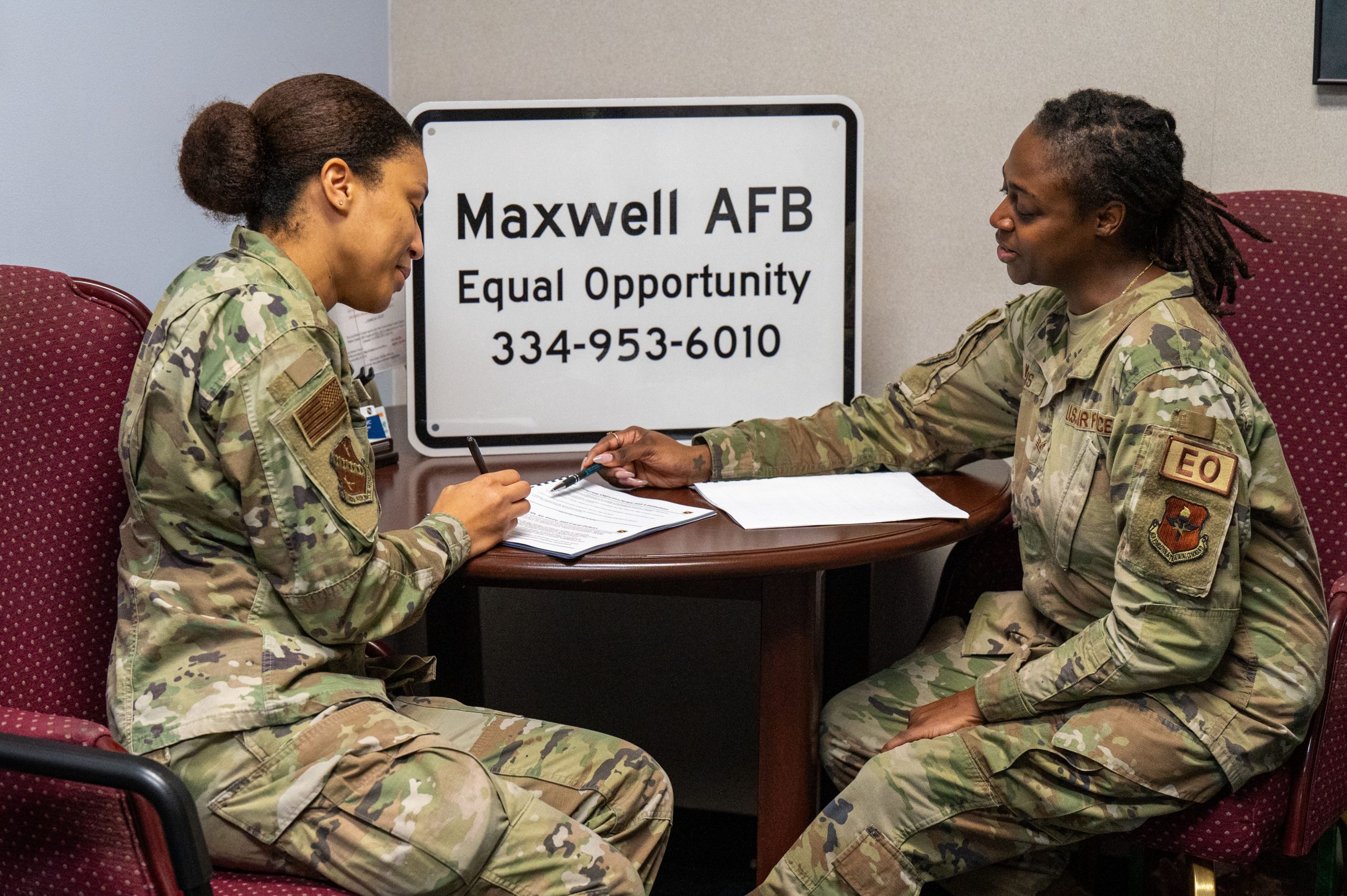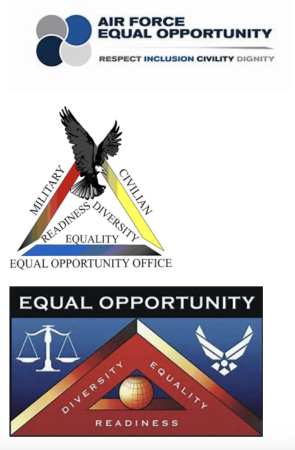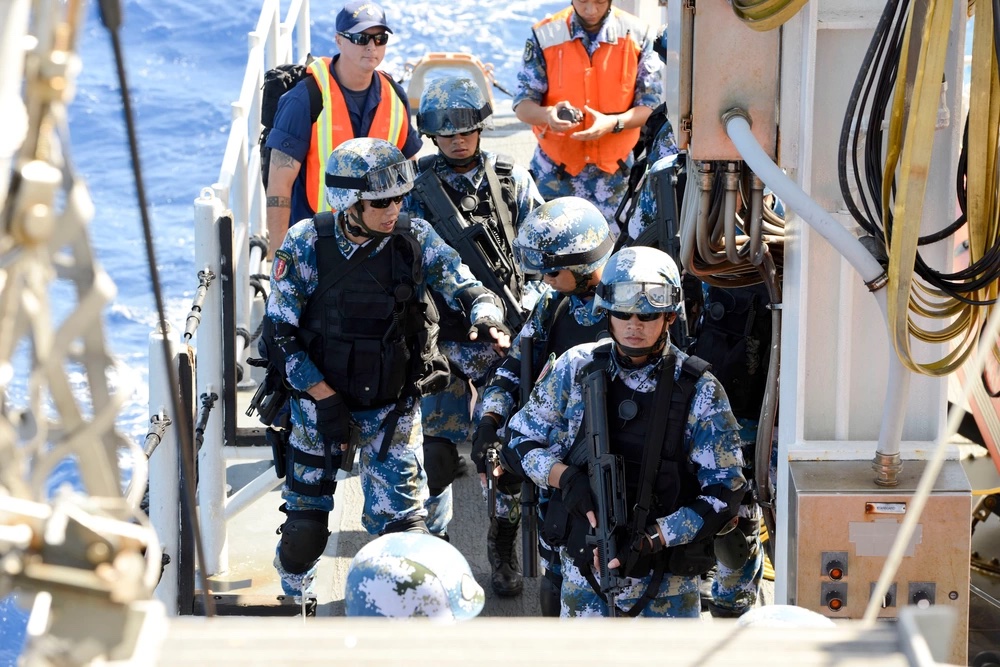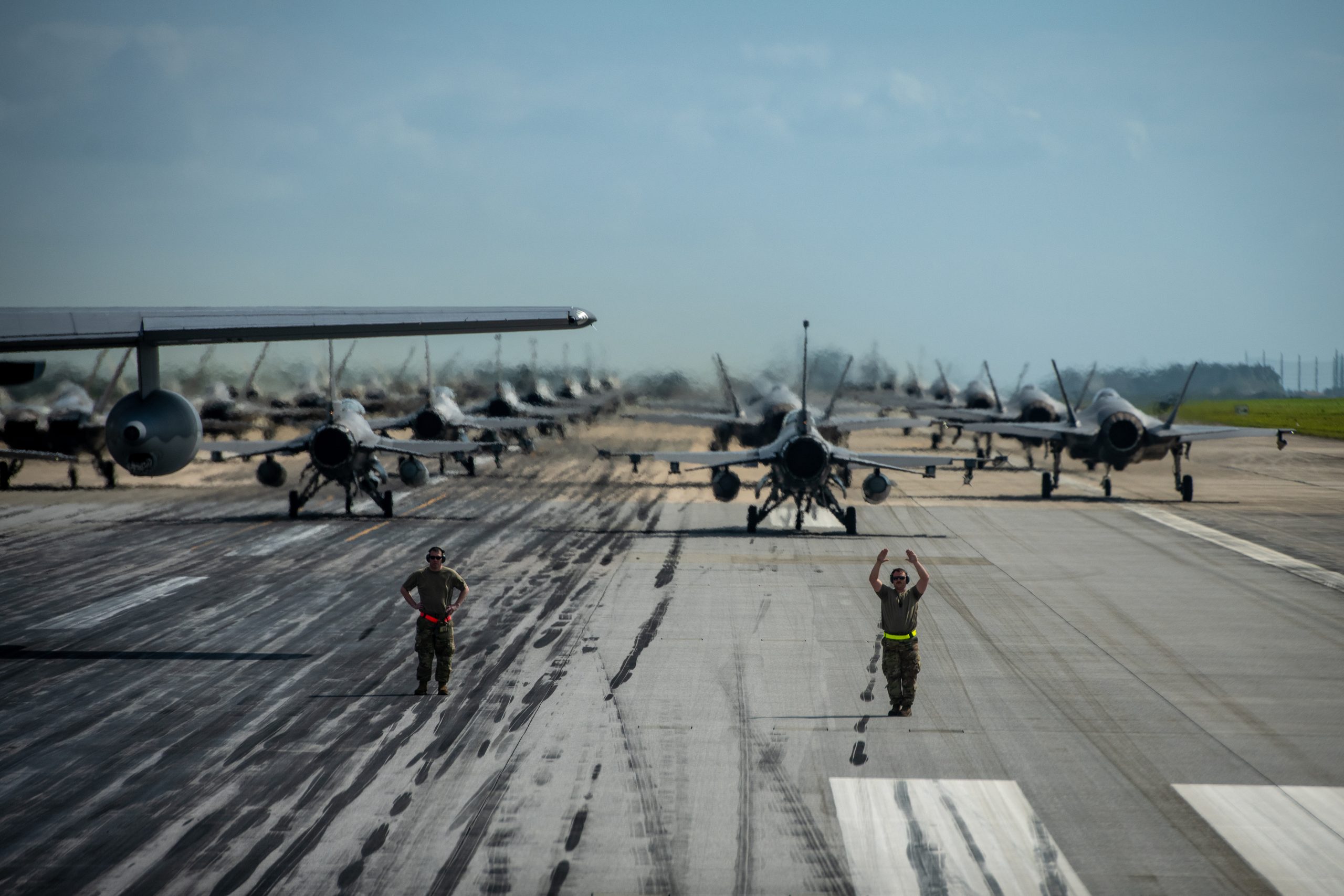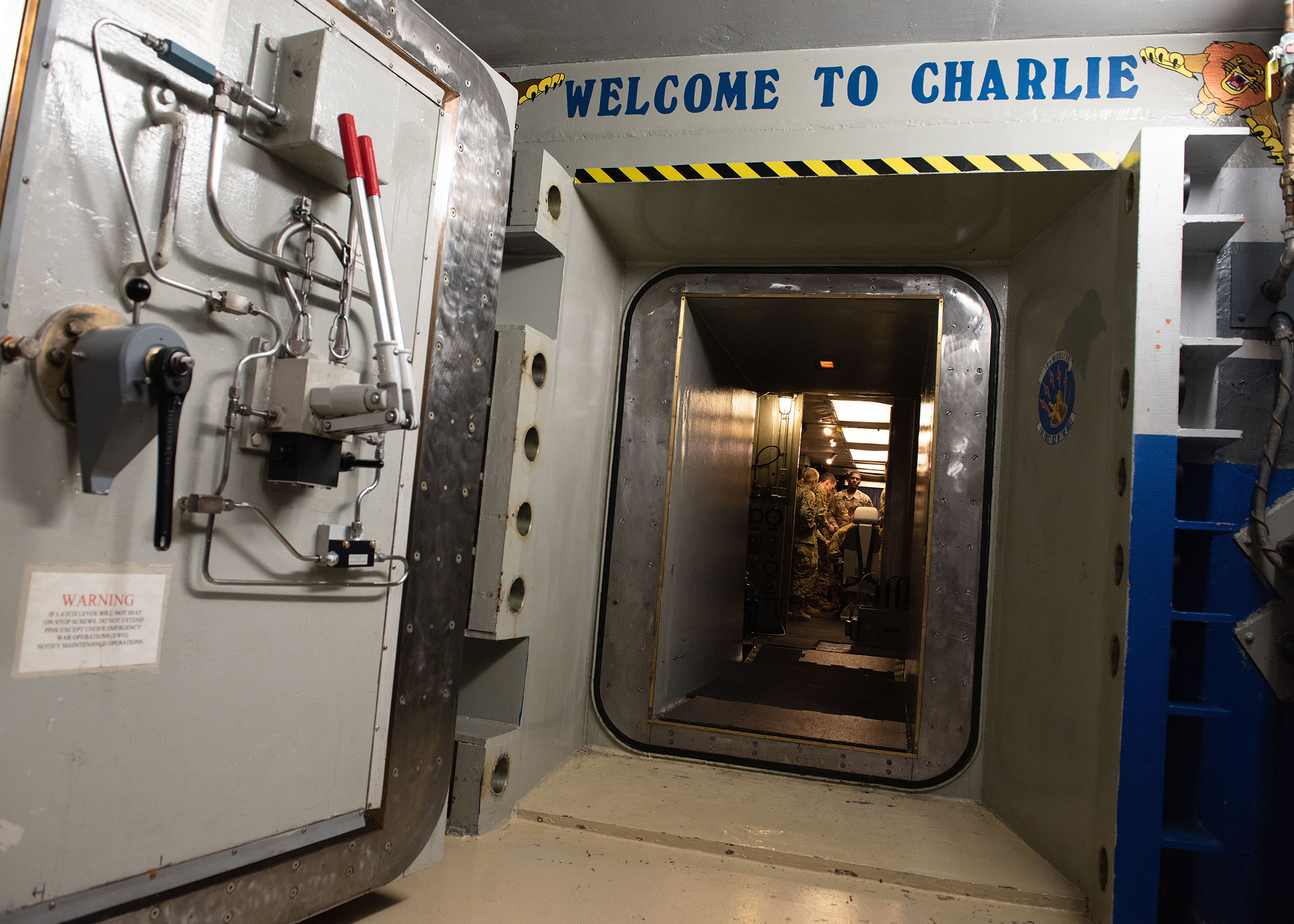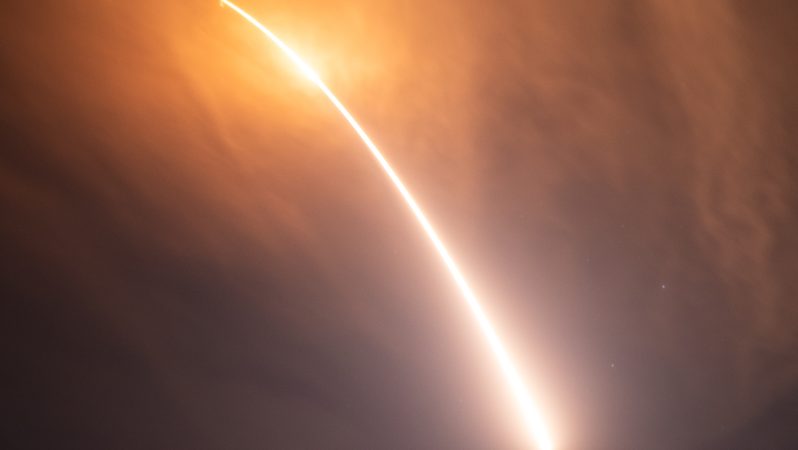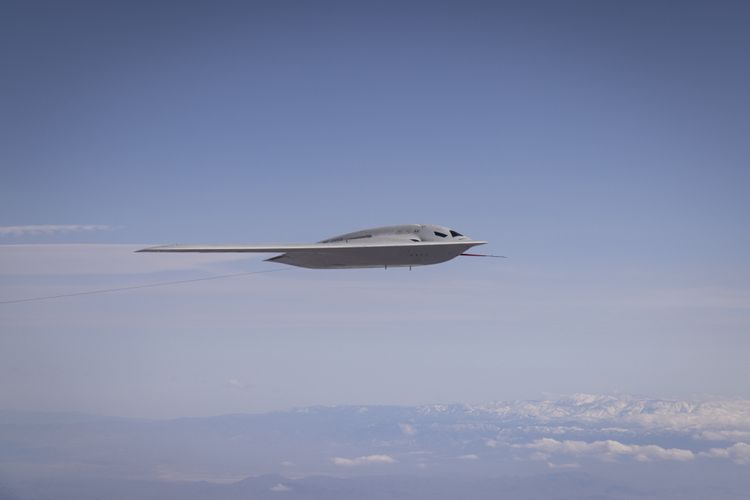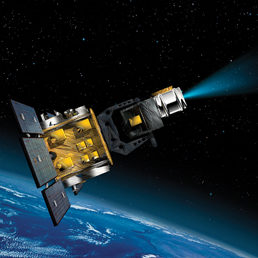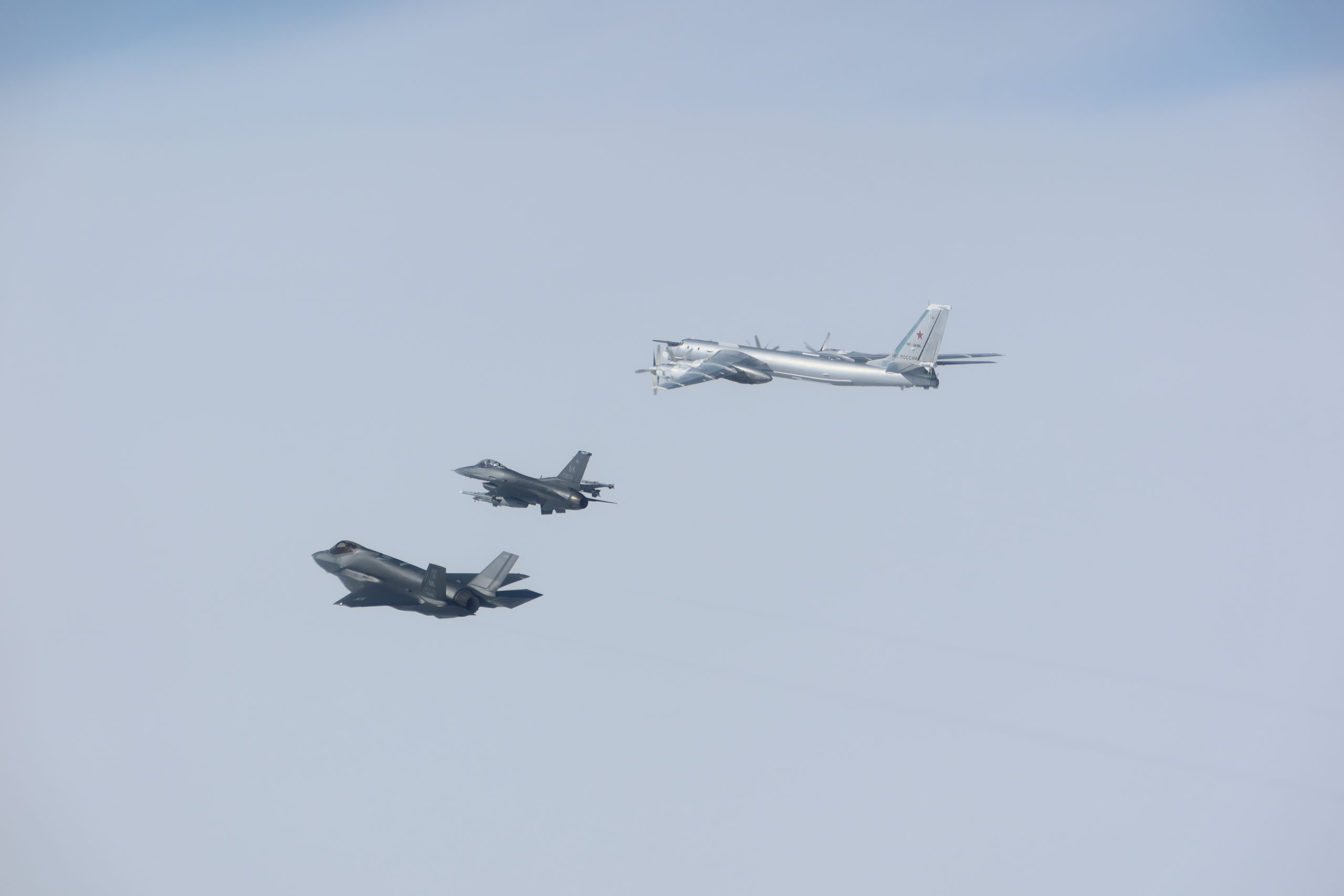The F-35 fighter program continues to struggle with meeting test milestones and mission readiness goals, but progress is being made on both fronts, according to the latest report from the Pentagon’s test director and comments from the Joint Program Office and Lockheed Martin.
Testing of the F-35’s Technology Refresh-3 software and hardware “remained significantly behind schedule throughout [Fiscal Year] 2024, acting Director of Operational Test and Evaluation Raymond D. O’Toole Jr. said in his organization’s annual report, released in late January.
“The F-35 program has shown no improvement in meeting schedule and performance timelines for developing and testing software designed to address deficiencies and add new capabilities,” the report added.
Tech Refresh-3 remains in developmental testing, even as jets are being delivered. The DOT&E office doesn’t believe operational testing can begin in earned until 2026, two years after deliveries started.
“Aircraft modifications, flight test instrumentation, [open-air battle shaping] capabilities, and stable software will all be required before dedicated operational testing can begin on the TR-3 aircraft with the capabilities already fielded on the TR-2 aircraft,” the report states, while noting that such testing might start sooner if modifications and software mature faster than expected.
The TR-3 is the foundational software and hardware on which the F-35’s Block 4 upgrade depends. Lockheed Martin began producing F-35s in the TR-3 configuration in summer 2023, but the government would not accept them until developmental TR-3 testing was complete. A year later, JPO director Lt. Gen. Michael Schmidt permitted deliveries to resume, saying the software in the jets was showing sufficient stability in test for safe flight operations and exercises.
“We are aggressively implementing comprehensive test plans to ensure this critical upgrade delivers cutting-edge capabilities to the warfighter,” Schmidt said in response to query from Air & Space Forces Magazine.
“The F-35 program’s delivery of TR-3-equipped jets continues to enable combat training capability. As of January [2025], we have delivered over 100 TR-3-equipped aircraft, bringing the total number of operational aircraft delivered to more than 1,100,” Schmidt added. “All of these TR-3 equipped aircraft now have software, ensuring users have access to robust training capability. The F-35 JPO remains focused on working through known risks to deliver TR-3 combat capability in 2025. The capability will continue to be improved in future lots to ensure warfighters have what they need to win in future conflicts.”
A Lockheed Martin spokesperson said the contractor has made “significant progress” on TR-3, “with 98 percent of the capability in flight testing,” eight percent more than it reported last fall. “We expect continual software updates related to TR-3 insertions and Block 4 capabilities, with major milestone software drops along the way, to ensure we are always providing our customers with the most advanced technology.”
The DOT&E report said software updates were planned to be released on annual basis but are taking 18 months.
The report also noted that the JPO is developing a new calendar of milestones for the Block 4 program, which includes some 80 changes related to electronic warfare, new weapons, improved communication and navigation, and software. The JPO could not immediately say when it expects this roadmap to be complete.
“The F-35 Program is working closely with its user community to refine and identify what our warfighter needs, as well as what industry can realistically deliver,” a JPO spokesperson said. “The program is leading an effort to formalize Block 4 as a major subprogram and will apply subsequent modernization and learning throughout future development efforts. Development efforts will continue throughout the life of the F-35 program.”
Readiness
As to reliability and maintainability, the DOT&E report noted that the F-35 “continues to fall short” of the metrics set for it in the original Capabilities Development Document, or CDD, which has never been changed.
“Historical trend data show that, despite reliability improvements initiated by the program, improving and sustaining improvement in aircraft suitability metrics is difficult to achieve,” the DOT&E report states.
The report notes that with an uptick in spare parts in fiscal 2019, there was a corresponding improvement in the reliability and maintainability of the entire fleet. This trend suggests “that the most impactful near-term option for improving aircraft availability is to increase the pool of available spares—either by purchasing more or by maximizing depot capacity to repair broken parts and return them to the spares pool.”
The JPO is also working to address so-called readiness “degraders” with some success.
“Over the past year, we have eliminated over 20 top readiness degraders,” the JPO reported, adding that “a small number of degraders mask tremendous progress that’s been made. That said, our overall readiness rates remain unacceptable “
The JPO did note that units have high mission capable rates when they’re deployed, largely because they take a generous supply of spares with them.
“It’s essential to invest in spares and repair capacity in a timely manner, as well as attack every other aspect of readiness with our stakeholders,” the JPO said.
Lockheed said it will invest $350 million over the next five years “to improve capabilities and drive efficiency across the F-35 enterprise. These investments will enhance fidelity and capacity across our development, integration, and test labs, ultimately enabling us to shift defect discovery to the left.”
The company said the F-35 has “demonstrated high combat and deployed readiness since data was collected for this report, in some cases more than five years ago” and that it is working with the JPO and its industry partners to “propose, recommend and implement improvements to F-35 readiness.”
The report noted that there’s been an uptick in quality defects and deficiencies not being detected during the F-35 checkout and delivery process and not being discovered until the jets are at their operational units, though many of these are “minor.”
Lockheed claimed, however, that “the information and data contained within the DOT&E report is dated and does not reflect the current status of the program. The F-35 program has an exceptional safety record, especially for a complex, global aircraft program that spans 20 nations.” Some of the “quality escapes” include “minor items such as an incorrect serial number on paperwork,” the company said. These are being addressed.
The DOT&E office said the F-35 also suffers from cyber deficiencies which are actively “under review” by the JPO in a deep-dive assessment. One of these relates to “aircraft mission systems instabilities” that can “degrade mission performance and may require a pilot-initiated reset of mission systems in-flight, which could have severe consequences during combat, affecting overall mission reliability.”
The Autonomic Logistics Information System that is meant to track F-35 data, predict part needs, and inform maintainers of each jet’s health “does not currently have the capability to automatically log these events in the Computerized Maintenance Management System (CMMS),” and pilots typically don’t manually log them in, the DOT&E said. The ALIS is being migrated to the Operational Data Integrated Network system.
The JPO said that over the last year, “we have conducted successful cybersecurity tests on ALIS/ODIN and continue to enhance our processes to stay ahead of emerging threats.” It noted that it has modernized and hardened its hardware and “enhanced [its] monitoring capabilities” for cyber vulnerabilities.
